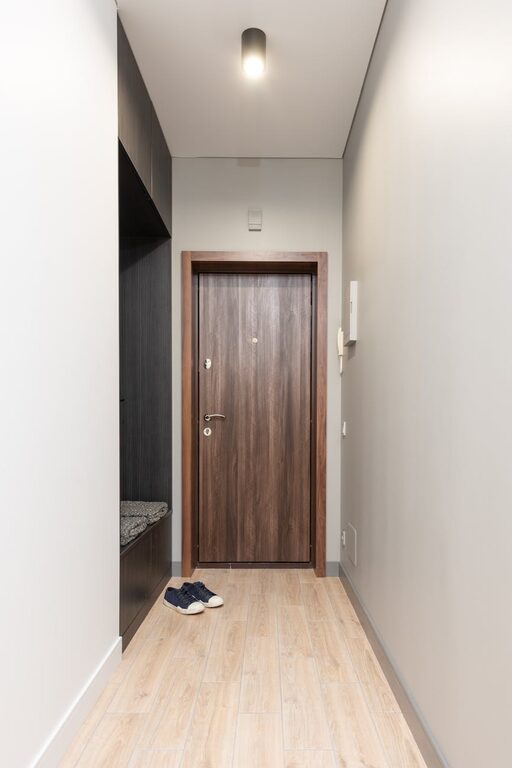
Setting goals is an essential part of personal and professional growth. Weekly goals, in particular, help you maintain focus and make consistent progress toward larger objectives. However, setting unrealistic goals can lead to frustration and burnout. This guide will help you learn how to set realistic weekly goals that inspire action and foster success.
Why Set Weekly Goals?
Weekly goals break down your bigger ambitions into manageable tasks. They help you:
– Stay organized and prioritize important tasks.
– Measure progress regularly.
– Build momentum through small wins.
– Adjust plans flexibly as circumstances change.
By focusing on what you can realistically accomplish in a week, you avoid overwhelm and maintain motivation.
Tips for Setting Realistic Weekly Goals
1. Reflect on Your Long-Term Objectives
Start by considering your broader goals—whether related to career, health, learning, or personal projects. Your weekly goals should contribute to these larger aims. This alignment ensures that your efforts are meaningful and purposeful.
2. Evaluate Your Time and Energy
Be honest about the time you can dedicate weekly to your goals. Consider other commitments like work, family, and leisure. It’s also crucial to assess your energy levels throughout the week to schedule demanding tasks when you are most alert.
3. Prioritize Key Tasks
Not all tasks have equal impact. Identify the most critical actions that will drive your goals forward. Prioritizing helps prevent spreading yourself too thin and ensures progress on what truly matters.
4. Make Your Goals Specific and Measurable
Vague goals like „exercise more“ can be confusing and hard to track. Instead, specify what you want to do, such as “work out for 30 minutes three times this week.” Clear, measurable goals help you know exactly when you have succeeded.
5. Keep Goals Achievable and Relevant
Avoid setting goals that are too ambitious or unrelated to your priorities. For instance, committing to write a full book chapter in one week might be unrealistic if your schedule is busy. Choose goals that push you just enough to grow without causing stress.
6. Break Down Bigger Tasks
If a goal seems overwhelming, break it into smaller, manageable steps. For example, instead of “organize the entire house,” set weekly targets like “declutter the kitchen cabinets.” Smaller chunks feel more doable and provide a sense of accomplishment.
7. Plan for Flexibility
Life can be unpredictable. Build some flexibility into your weekly goals to accommodate unexpected events or changes in motivation. This prevents frustration if you can’t complete every item and encourages a positive mindset.
How to Create Your Weekly Goal Plan
Step 1: Review Last Week’s Progress
Spend a few minutes reflecting on what you achieved last week. Celebrate wins and consider what didn’t get done. Understanding obstacles can help you adjust your approach and improve.
Step 2: List Your Priority Goals
Write down 3 to 5 key goals you want to focus on this week. Limiting the number keeps your plan manageable and focused.
Step 3: Break Goals Into Tasks
For each goal, list the specific tasks needed to complete it. This clarity helps with planning your daily agenda.
Step 4: Schedule Tasks on Your Calendar
Assign tasks to specific days and times when possible. Scheduling increases commitment and reduces the chance of procrastination.
Step 5: Monitor and Adjust
At the end of the week, review what you accomplished. Adjust goals as needed for the next week based on your experience.
Sample Weekly Goal Plan
| Goal | Tasks | Scheduled Day |
|—————————|—————————————–|———————-|
| Improve fitness | Workout 30 mins Mon, Wed, Fri | Mon, Wed, Fri |
| Complete work project | Write report draft and send for review | Tue and Thu |
| Learn a new skill | Practice guitar for 20 minutes daily | Every day |
| Declutter living space | Tackle kitchen cabinets | Sat |
Tools to Help You Stay on Track
– Planner or journal: Keep a dedicated space for weekly goals.
– Digital calendars: Use reminders and block time efficiently.
– Task management apps: Trello, Todoist, or Asana help organize and track progress.
– Accountability partners: Sharing goals with friends or colleagues can boost motivation.
Final Thoughts
Setting realistic weekly goals is a balance of ambition and practicality. By focusing on specific, achievable tasks aligned with your priorities, you pave the way for steady progress and a fulfilling routine. Remember to celebrate your achievements, learn from setbacks, and adjust as you go. With consistent effort, weekly goal setting can transform your productivity and personal growth journey.
Happy goal-setting!



